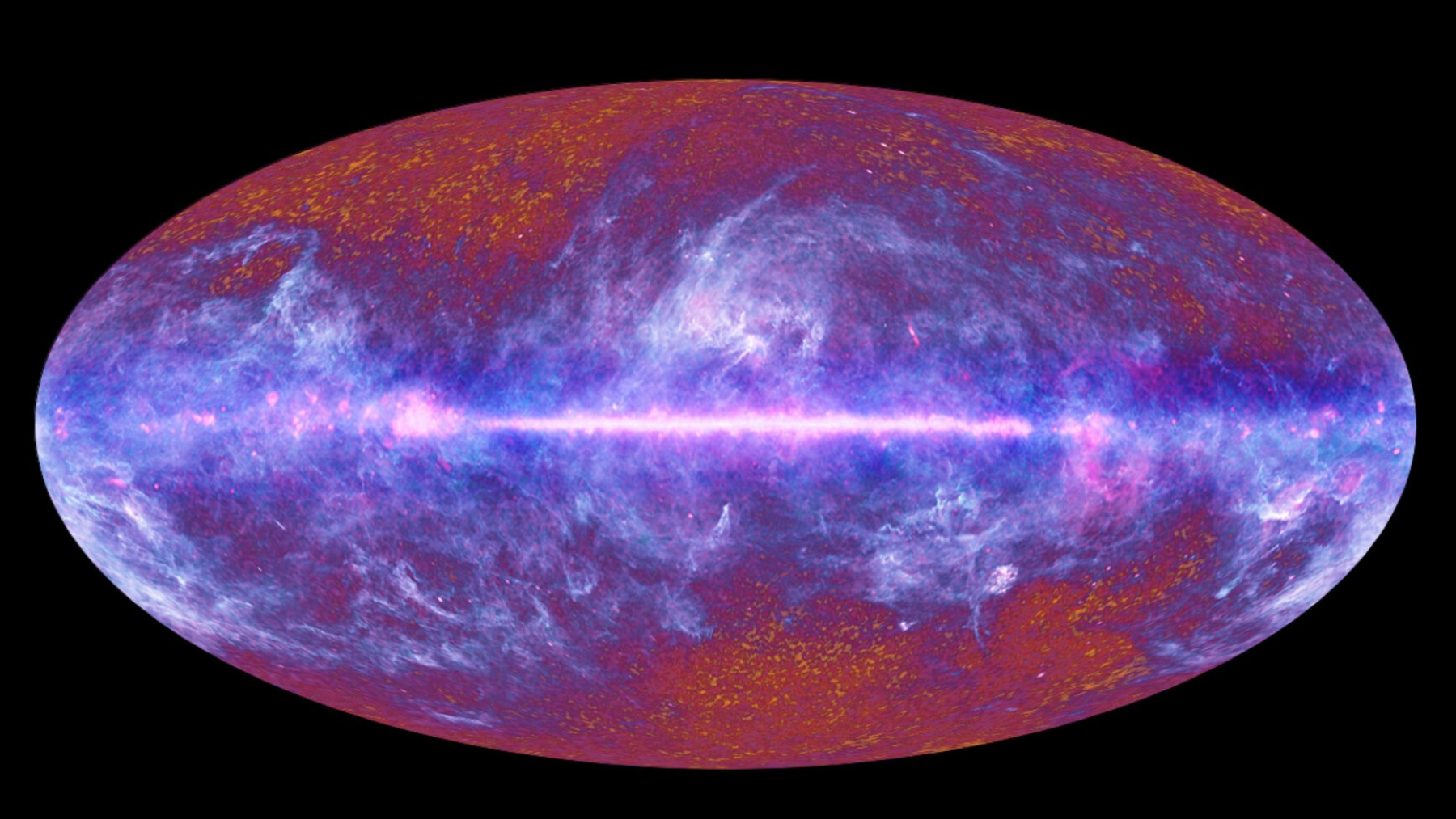The earth is NOT flat, but what about the universe? Experts could have discovered its shape

There is no dearth of vastness, secrets and rumours around the universe, that is the disc shaped or torus shaped cosmos. Scientists may have found evidence that would explain the possible complex topography of the cosmos, manifested into a 3-torus – a hyperdimensional doughnut-like structure. If this can be proven, the understanding of cosmic microwave foundation radiation, which lights up the whole universe, and of the concept of space may well be pushed to its boundaries.
Universe playing Pacman? An inquiry into its obscure shape
Typically, the universe is seen as having a direct, unbounded shape, like a level or circular region. Be that as it may, later inquire about demonstrates a distinctive plausibility. Physicist Glenn Starkman and his group at Case Western Save College recommend that the universe may have a more complicated topology.
This thought, displayed in Physical Survey Letters, may shed light on abnormal designs watched within the infinite microwave foundation (CMB) – the swoon radiation that remains from the enormous blast. The CMB exhibits anomalies that imply space may not be uniform in every direction.
Starkman refers to these irregularities as “one of the biggest new mysteries about the universe.” If the universe curves back on itself like the screen in the classic video game Pac-Man, these anomalies might be crucial for understanding its shape.
Cosmic loops: Is the universe acting like a donut?
To get the idea think about the contrast between straightforward and complex shapes. A circle, like the Earth, contains a direct topology: any circle around it can be decreased to a single point. On the other hand, a donut or torus encompasses a more complex topology. Loops that go around its hole cannot be shrunk to a point without hitting the hole itself.
Mapping the topology of the universe means determining whether space behaves like a doughnut or some other intricate structure. One possibility is the 3-torus, which resembles a cube; traveling through one side would bring you back to the opposite side. Whereas researchers have not however found conclusive prove for such a topology, Starkman’s group proposes that prior investigate might have missed varieties of the 3-torus or other complex shapes.
Cosmic fingerprints: What the CMB say about the shape of the Universe
One engaging strategy for deciding the shape of the universe is by looking at the cosmic microwave background (CMB). If the universe bends back on itself, the CMB might uncover rehashing designs or comparable “fingerprints” in different regions.
This would make an impact associated to a 3D corridor of mirrors, where pictures are perpetually rehashed. Cosmologists have moreover been on the post for copy worlds. In any case, the limited speed of light makes this errand challenging – indeed on the off chance that copies are out there, they might appear up in numerous places or times due to the development of universes and the unfathomability of the universe.
The European Space Agency’s Euclid space telescope is set to supply unused data on universe dissemination probably shedding light on this matter. Machine learning could also aid in filtering through substantial datasets identifying patterns as well as speeding up quests for cosmic loops.
The notion that the universe has a complex shape is still speculative but intriguing. Yashar Akrami from the Institute for Theoretical Physics in Madrid highlights the high risk, high reward aspect of this research. “I would be very surprised if we find anything” says Imperial College London cosmologist Andrew Jaffe. “But I’ll be extremely happy if we do.”
The suggestions are noteworthy since topology influences how diverse parts of the universe are interconnected and shapes its generally structure. Einstein’s theory of general relativity has already demonstrated that gravity can curve space.
A flat geometry, the simplest option, can accommodate both infinite and finite topologies. In a finite universe with a nontrivial topology, traveling far enough in one direction might eventually lead you back to where you started.
Among many complex topologies mechanisms are possible with terms which correspond with an approximation of empty topologies. New technology is allowing scientists to refine their models and uncover faint evidence in the microwave background of the universe or in galaxy maps. Starkman’s team now has 17 possible shapes that demonstrate there’s still much to explore.

